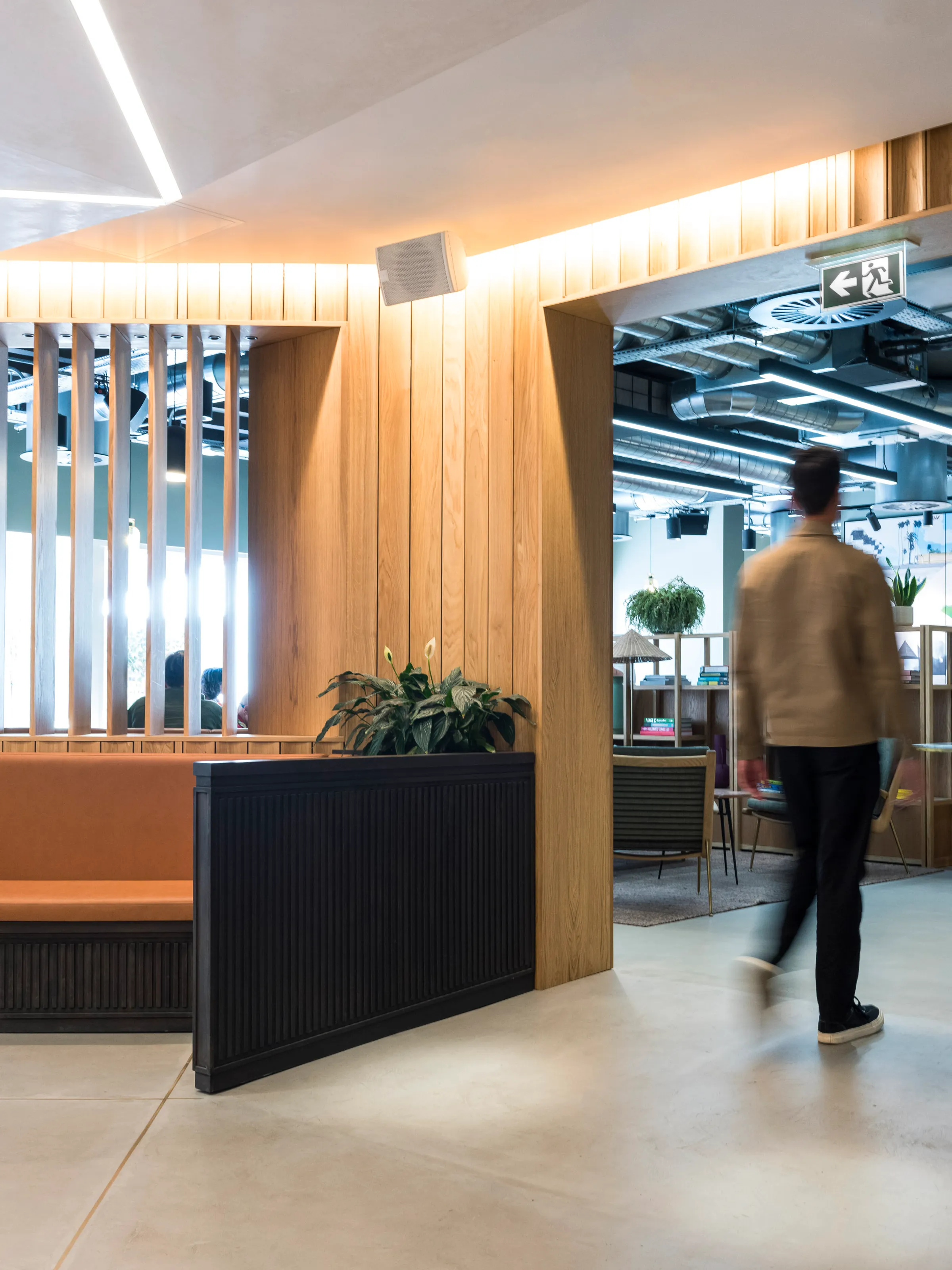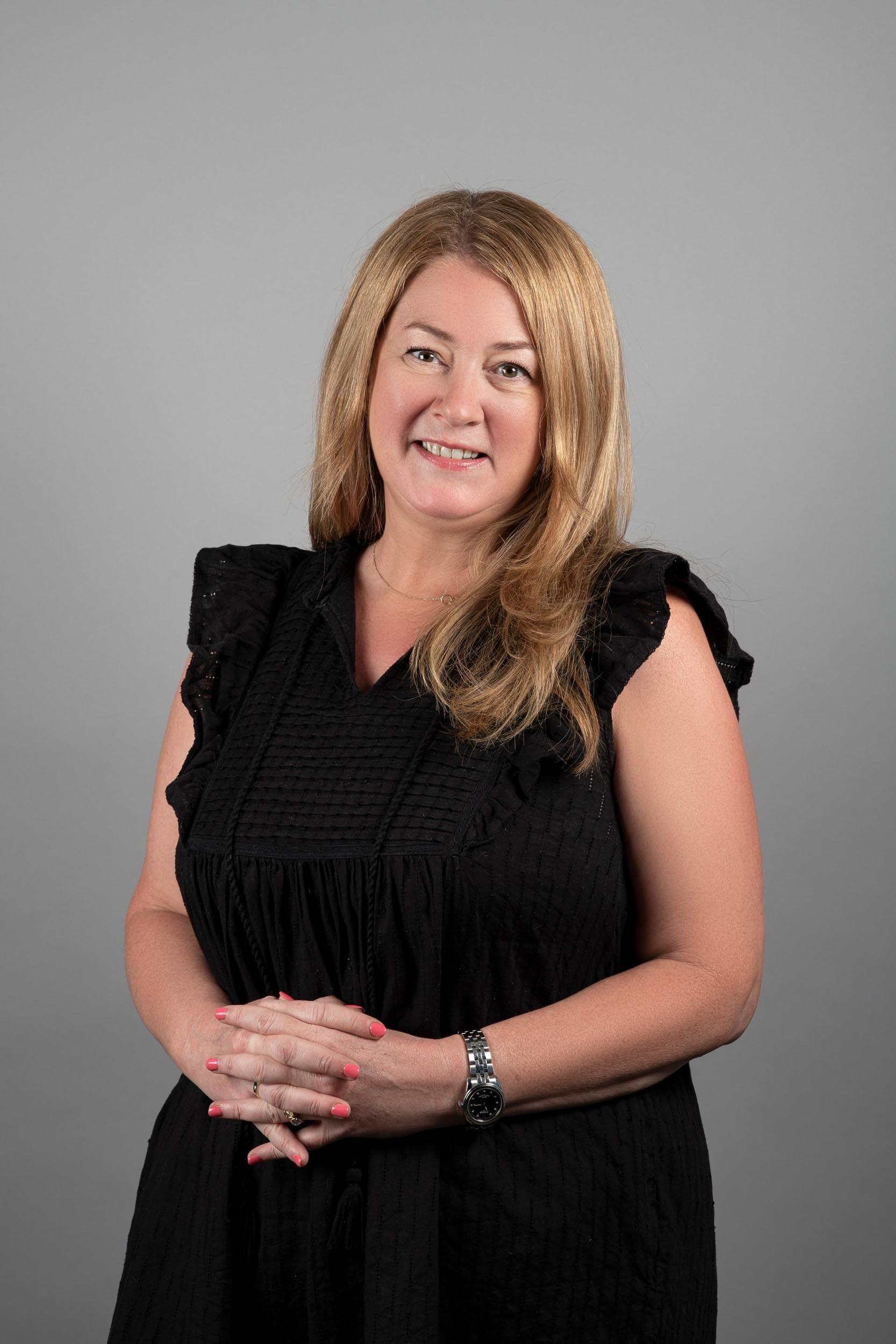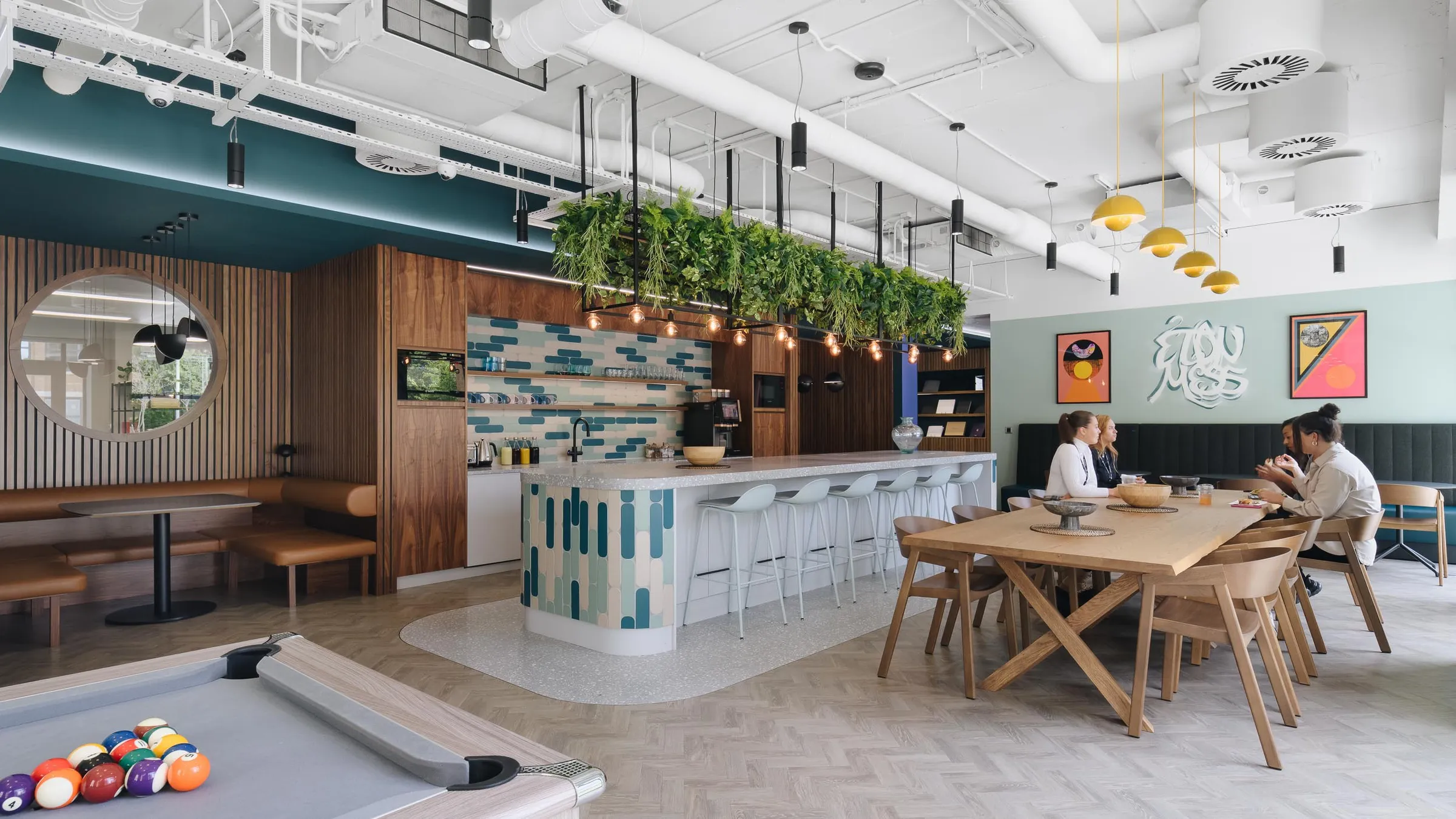Steps to Choose the Right Furniture Consultant for Your Business
With so many components to consider, quality furniture consultancy is the key to producing a workspace that meets your and your team’s expectations. Let’s break down how to choose the best furniture consultant for your business.
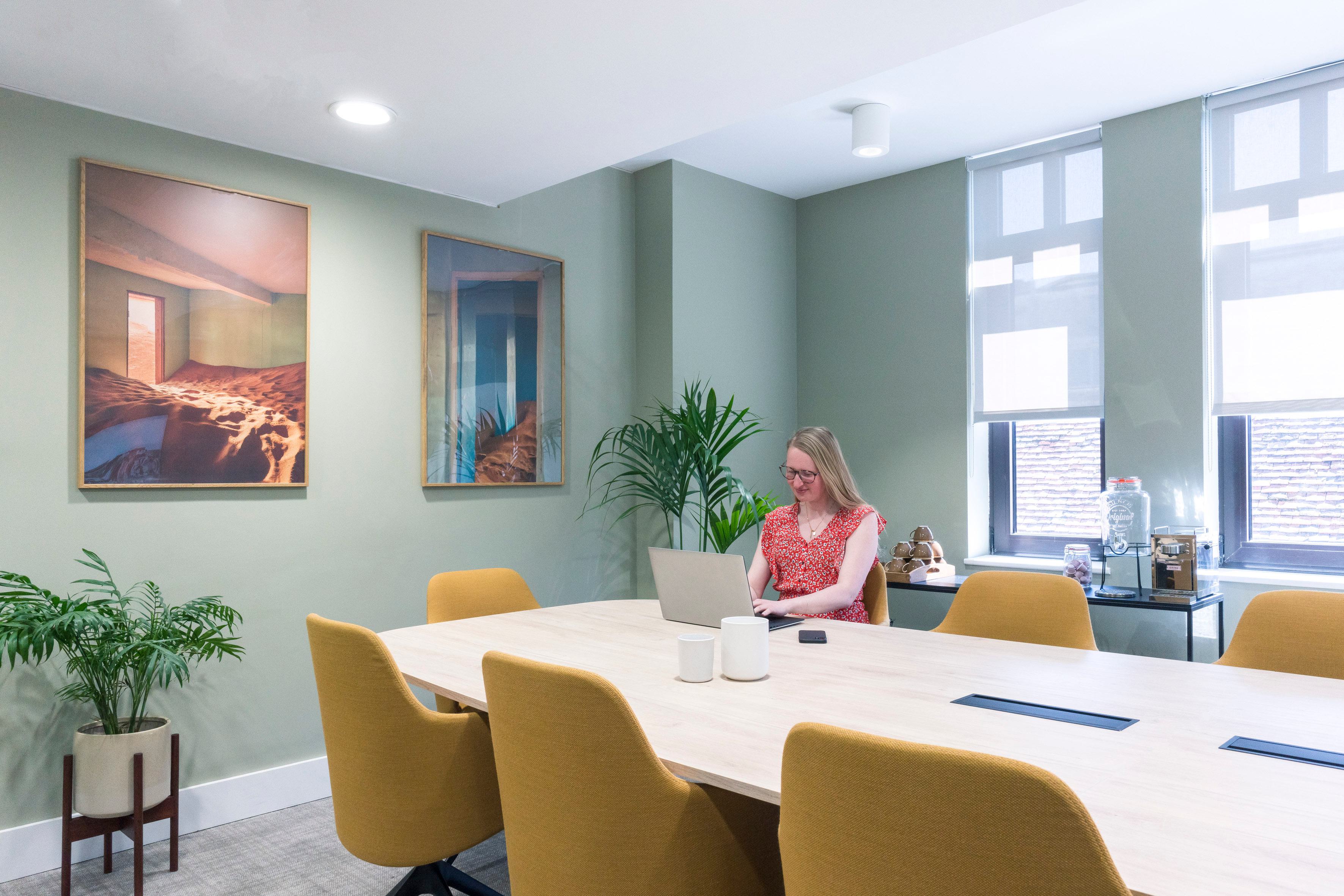
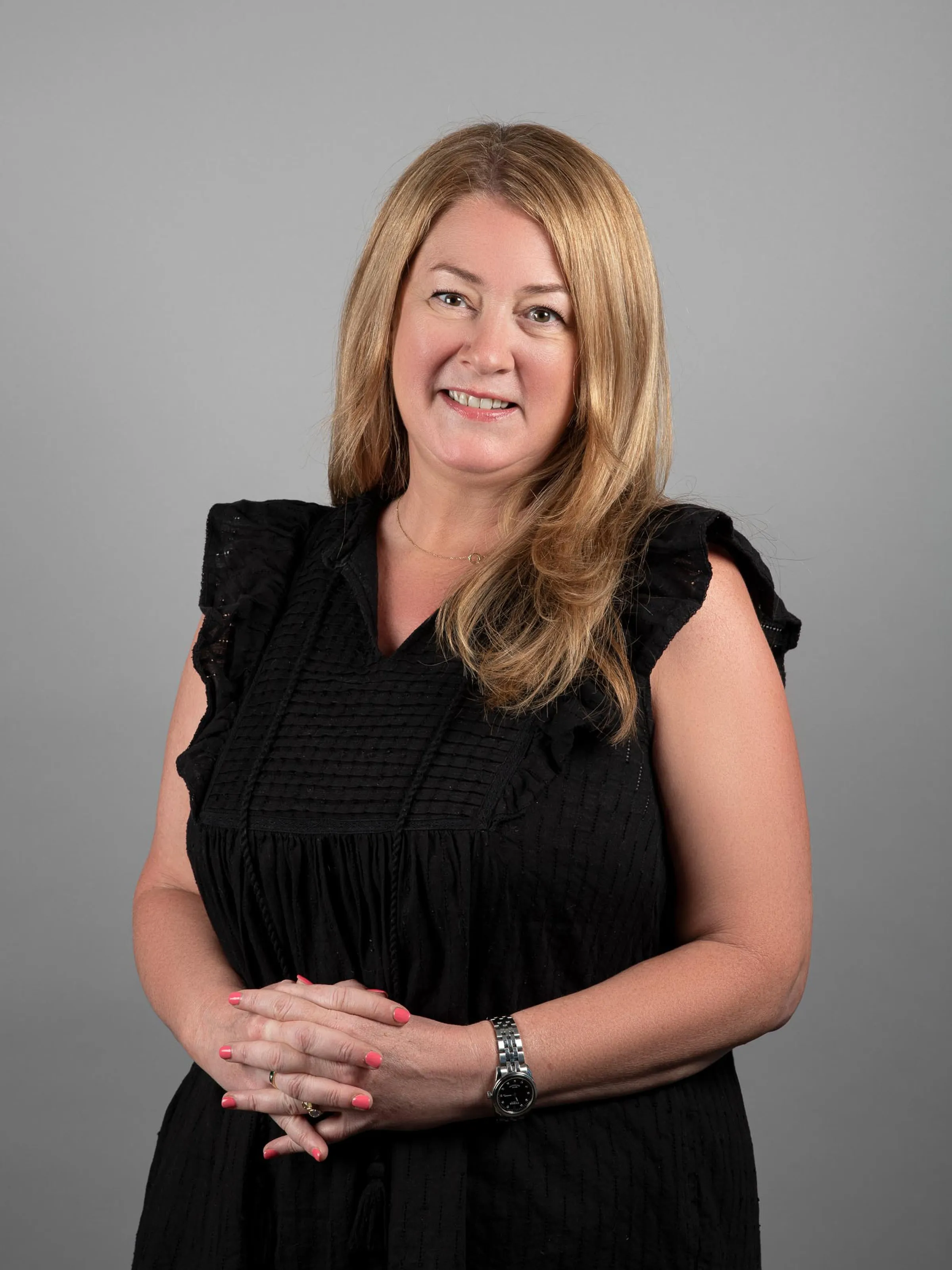
Written by
Fritha Selwyn Jones
Contents
Massive structural shifts in how we approach work have disrupted the image of the workplace in recent years. Business owners have had a lot to think about when trying to not only meet the needs of their workforces but also provide spaces that motivate them beyond simply what has to be done and instil a sense of pride, inspiration, and loyalty.
Shifting into hybrid working, integration of emerging tech solutions, the increased importance of employee wellbeing—many factors interplay in redefining the workplace. The design of your space should incorporate and facilitate all of these objectives, with furniture forming the integral interactive layer that enables your team to excel.
When done correctly, workplace furnishing should work in symbiosis with outfitting elements like lighting, technology, acoustics, and sustainability. Ergonomics, accessibility, and inclusivity must be considered. Does furniture need to be modular and flexible? What is the brand culture that should be reflected in the aesthetic?
With so many components to consider, quality furniture consultancy is the key to producing a workspace that meets your and your team’s expectations. Let’s break down how to choose the best furniture consultant for your business.
Know Their Portfolio
A furniture consultancy’s portfolio is the first place to find proof of its skills and experience. This is the hard evidence that backs up all the claims made on its website, where you can see the outcome of the work put into projects.
Assess Past Projects
Looking at a portfolio can give you a feel for the quality of the work, the scale of projects, and any emerging styles unique to the consultancy. When viewing a portfolio, you should have these considerations in mind.
Style: Generally, you should expect to see a range of styles and aesthetics in a portfolio—one of the skills that demonstrate the capabilities of a good consultancy is the ability to adapt to the precise wants and needs of a unique workplace, from contemporary to minimalist, traditional, unconventional, and so on. It might be the case that you see styles in previous work that you’d like to imitate, but the art of selecting the right workplace furniture lies in the effort to find the right individual look to reflect the brand and business.


Quality: How do we measure quality in a workplace consultant’s portfolio of furniture projects? Look for these cues:
Diversity in the range of projects (though specific relevance to your project is crucial, i.e. the size of companies, styles you like, relevant industries or niches, etc.)
The aesthetic quality of workplace furniture. Overall, the looks should be impressive and resonate with you.
Functionality and ergonomics should demonstrate the practical use of space and intelligently address workers' needs and flexibility. They should be able to demonstrate a contribution to improved productivity and wellbeing.
Sustainability and environmental considerations should be made to improve the impact of the workspaces created. For some consultancies, this is more of a priority than others—Sketch Studios is a B Corp, backing our commitment to projects led with sustainable practices. If sustainability in workplace furniture is important to you, this is something you should consider at the portfolio review stage.
Creativity and innovation in work demonstrate an ability to think outside the box, an important skill in finding the best solutions to challenges in furnishing your workplace.
Attention to detail should be carefully observed in the portfolio. These finer details, such as cable management and lighting elements, enhance user experience and functionality and demonstrate a commitment to the project beyond the primary requirements.
Learn About Other Clientele
How long has the consultancy been in the business? How many projects does it have to show? What sorts of previous clients have they worked with? A portfolio is a window into the experience of a furniture consultancy. Learning about the consultancy’s clientele will tell you some important facts:
Who their most impressive clients are. Any portfolio, whether a furniture consultant or otherwise, will always show the best work, and the client wins they’re most proud of. Pay attention to the iconic pieces of work to assess the level of the consultancy in terms of experience.
The range of clients they’ve worked with. What are the sizes of clients and projects? Are there any specialisms in terms of industries? This gives you an idea of what types of businesses and projects the consultancy has experience working with.
Whether they’ve worked with businesses similar to yours before. Evidence that the consultancy has turned its hand to projects like yours in the past demonstrates that they’ll be going into your partnership with an understanding of how to approach the work. Whether it’s understanding the operations of your industry, working with a small team and restricted office size, or understanding compliance and safety regulations, experience is invaluable.
Evaluate their Position on Industry Trends and Insights
In the workplace design industry, trends evolve all the time. Professionals must always stay on top of their game to keep abreast of these. A good place to check up on their behaviour is social media. Take a look at Instagram for visual cues and fresh content. Look at Twitter and LinkedIn to see how their voices sound in current industry events and what content they share.
But there’s more to staying abreast of industry insights than staying on the cutting edge of design. If ESG is part of your initiative in workplace furnishing, you’ll need a consultancy which is up to date on the relevant accreditations. For instance, you’ll want to know if your consultant is well-versed in systems like BREEAM and Well certifications.
Regulations and compliance expectations change all the time in workplace design and furnishing, too, and staying on top of these updates is critical in producing a space that passes audits and checks. For instance, this year, in April and September, respectively, The Employment Relations (Flexible Working) Act 2023 will allow employees to request flexible working from day one of employment with a company. New alterations to workers’ rights support flexible working more and more all the time. If your furniture consultant has sight of these developments, they’re much better informed to truly revolutionise workspace design and create a space for you that is long-term sustainable.

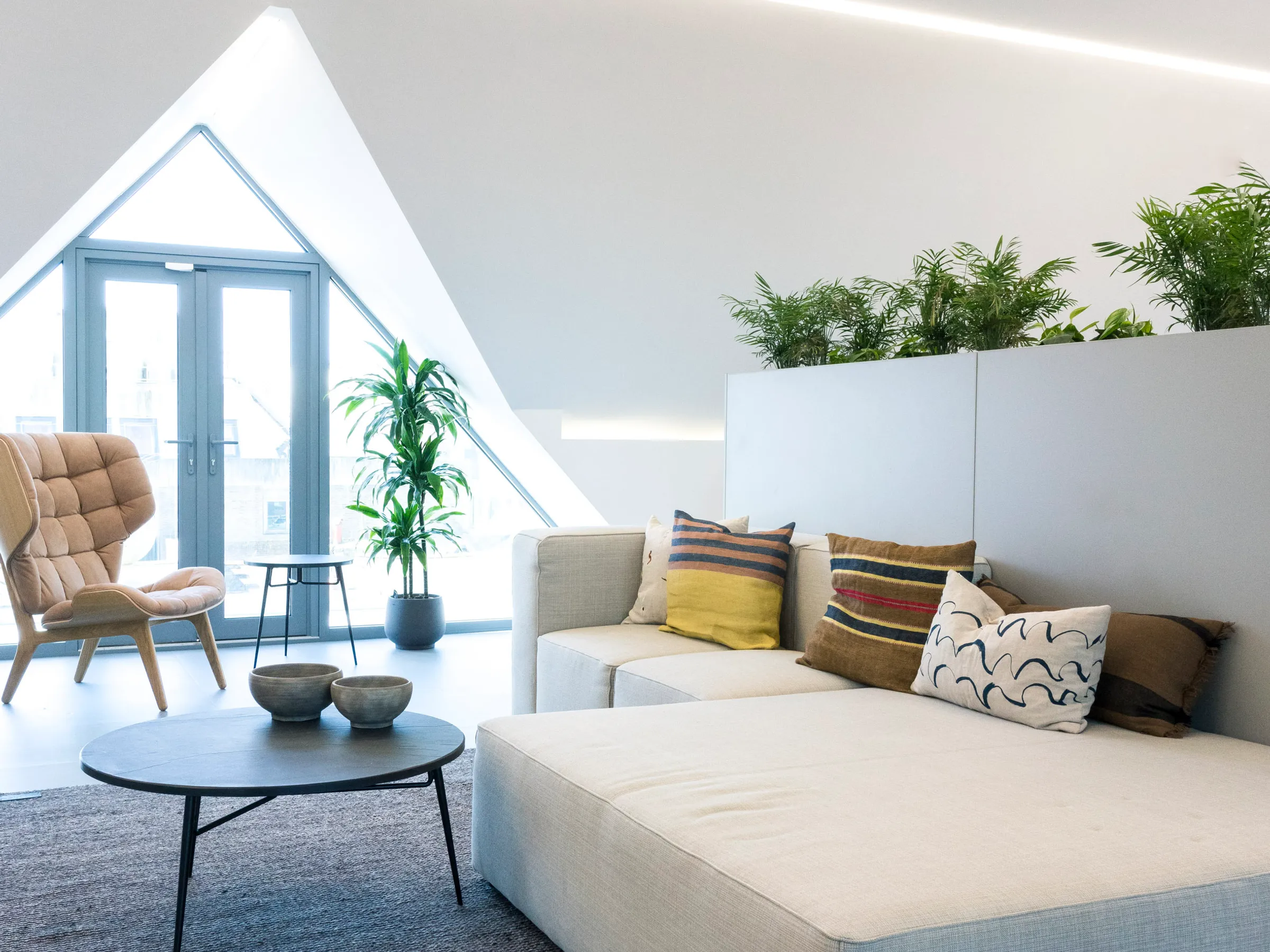
Understanding Their Approach
What do we mean by ‘approach’? This is everything from design philosophy to collaborative tendencies, shared ethics, and the overall strategy to deliver your project. A consultancy’s approach forms the basis of its business and brand identity. In order to develop a strong partnership, we find it helps a lot if we agree on the fundamentals that form a furniture consultant’s toolkit.
Strategy
It’s important that you partner with a good strategist who will offer the guidance and expertise you need to clarify your desires for the space and present the best opportunities. The strategy forms the structure of the furniture project, and it is at this crucial stage that a good consultant will gain a well-rounded understanding of you as a client.
Through strategy and planning, your consultancy should present opportunities and guide you in making informed decisions about the end result. So, it is valuable to quiz your potential partner in workplace furniture on their strategy or what they envision it to be.
Ethics and Values
It’s not a priority for every client-consultant partnership. Still, in our experience at Sketch Studios, we find that partnerships are always more successful when we truly see eye-to-eye with our clients on their workplace ethos.
The ethics and values we follow internally are the same as those we try to spread in workplace design, which underscore our furniture design value proposition. When we select furniture styles, they are to facilitate social, collaborative work that supports wellbeing. When we choose materials, it’s from a deep understanding of their source, production process, and environmental impact.
Sharing values with our clients means we’re already naturally on the right track to succeed. Your workplace furniture is selected through the collective understanding of you as a brand, encompassing strengths, challenges, priorities, ethics, values, and brand identity. Our design philosophy emerges around all these factors to produce a transformative furniture project.
Checking Reviews and Recommendations
It goes without saying that this is a crucial verifying step in the process. Checking testimonials and reviews helps to corroborate claims that the consultancy makes. Check reviews to see if:
They fulfilled promises to clients (meeting KPIs, producing projects on time and budget, etc.)
They were easy to work with (no disputes or angry/unhappy clients, or whether disputes appear to have been appropriately handled)
They have a good range of reviews indicating that portfolio work is backed up.
Testimonials are another avenue to check whether the consultancy has experience in your type of project. This is where you might find more niche descriptions of work. Do you have to work in a small space? Are you seeking an open-plan office? Or is it something more unusual you’re after, like furniture that suits staff across generations? You may even be able to contact clients for references or request them from the consultant directly.


Is It a Sustainable Partnership?
Budget and Lead Times
A top-tier furniture consultant should be prepared to answer questions on budget and lead times once they understand your project well. These might come as part of their pitch and include a detailed breakdown that helps you understand the ROI of your workplace furniture project. If a consultant provides costs and lead times upfront without taking the time to learn about your project, it’s generally not a good sign, and these estimates won't be very accurate.
Longterm Sustainability
The compatibility we discussed concerning the consultant’s approach is a significant contributor to the longevity of the partnership, but other factors play into this, too, namely post-project support and maintenance.
While your furniture project is delivered to you as a finished result, your consultant should be on hand in the days, weeks, and even months following installation to help you and your staff with the adjustment period, ensuring you can use the space to its full potential and that everything goes smoothly.
It’s also important to remember that while your workplace design is static for a time, your business is fluid, always moving, growing, and changing. A time will come when you’ll likely need another interior revamp, bringing in new technology, updating your aesthetic to align with your brand, and expanding to accommodate developments. Establishing a longterm connection with a furniture consultant means we’ve already walked that path with you and can deliver a result that truly aligns with your identity as a brand, business, and team.
Talk to Sketch Studios if all of this resonates with you. We’re workplace furniture consultants who know what an outstanding partnership looks like.
Published on
January 16, 2024
Related Articles


